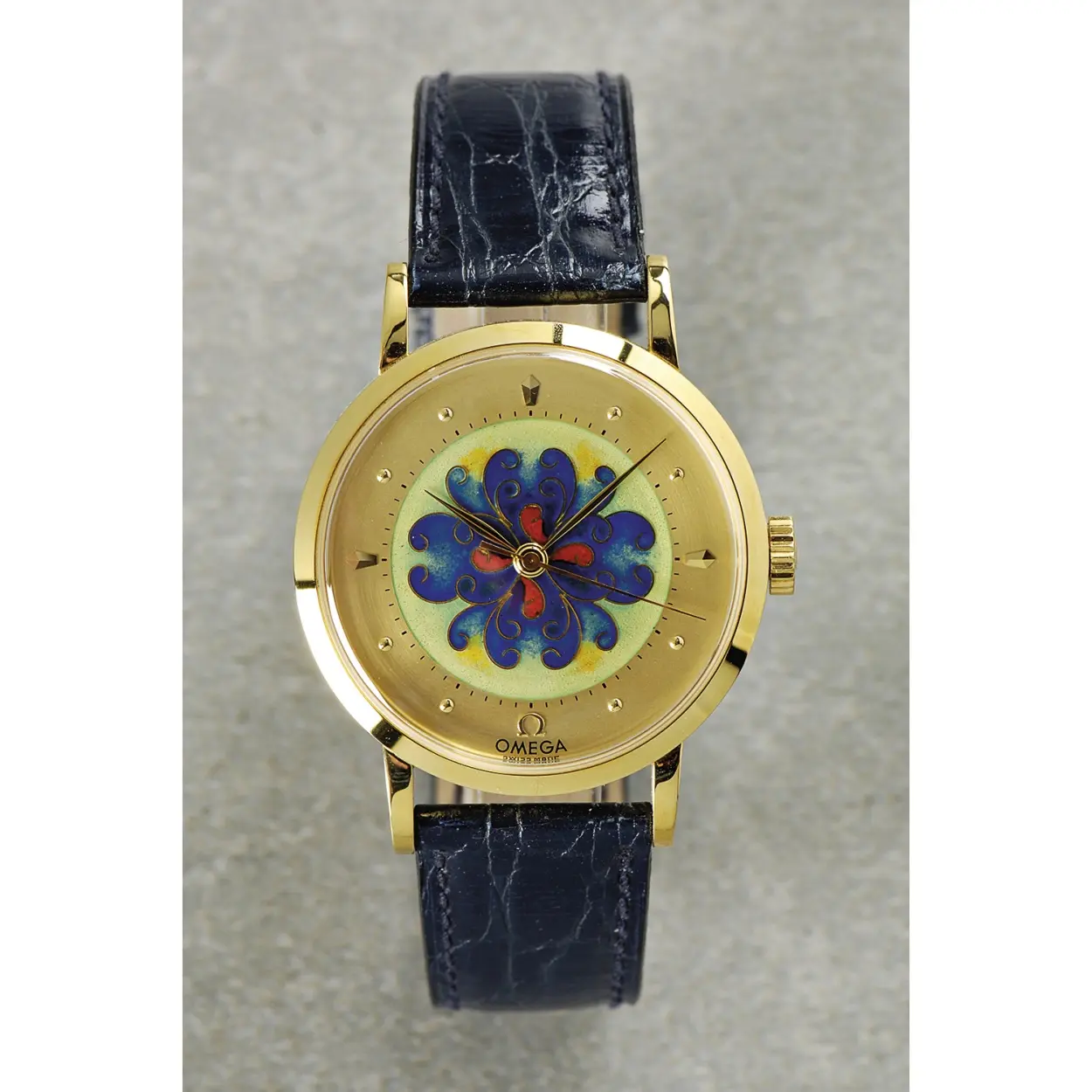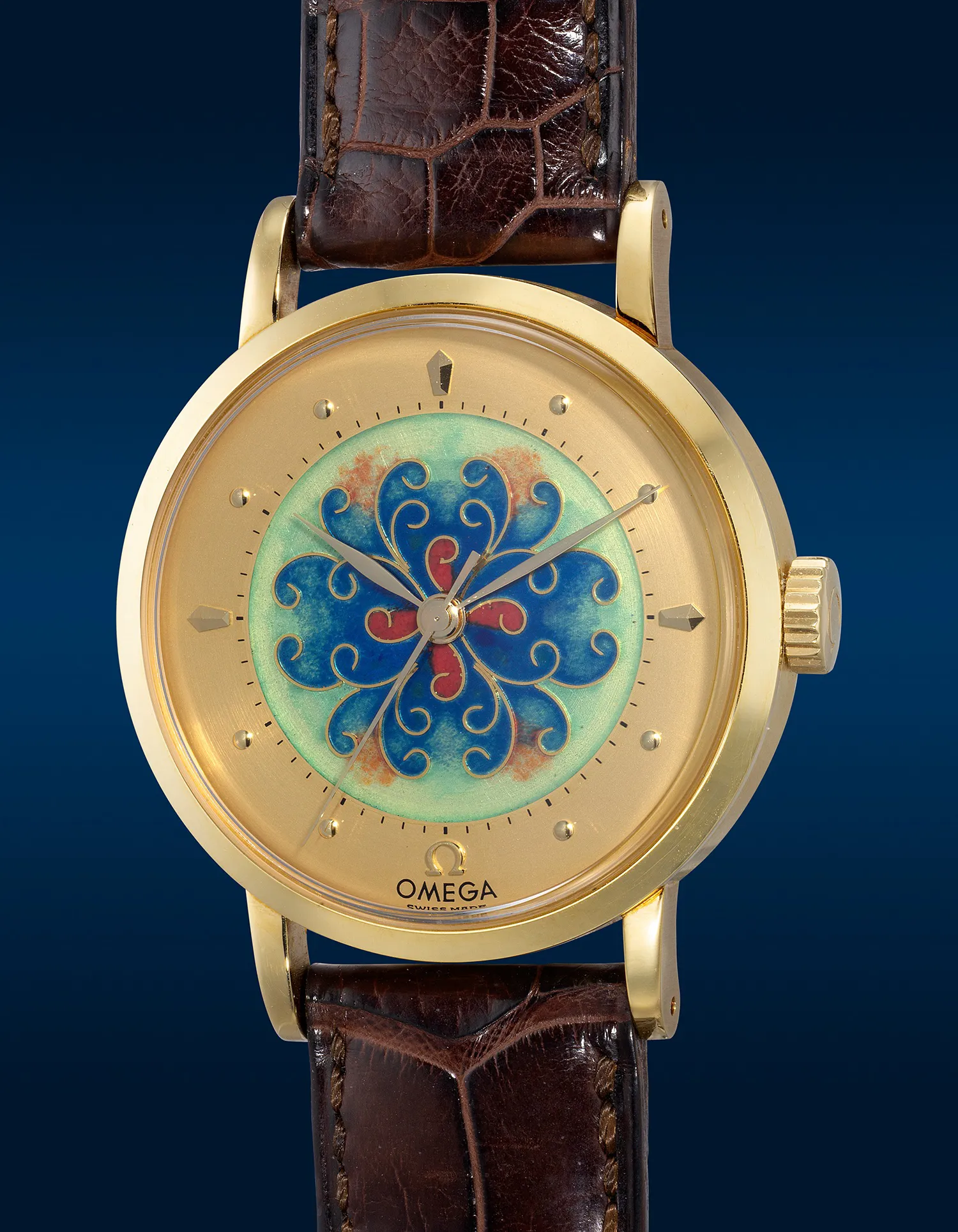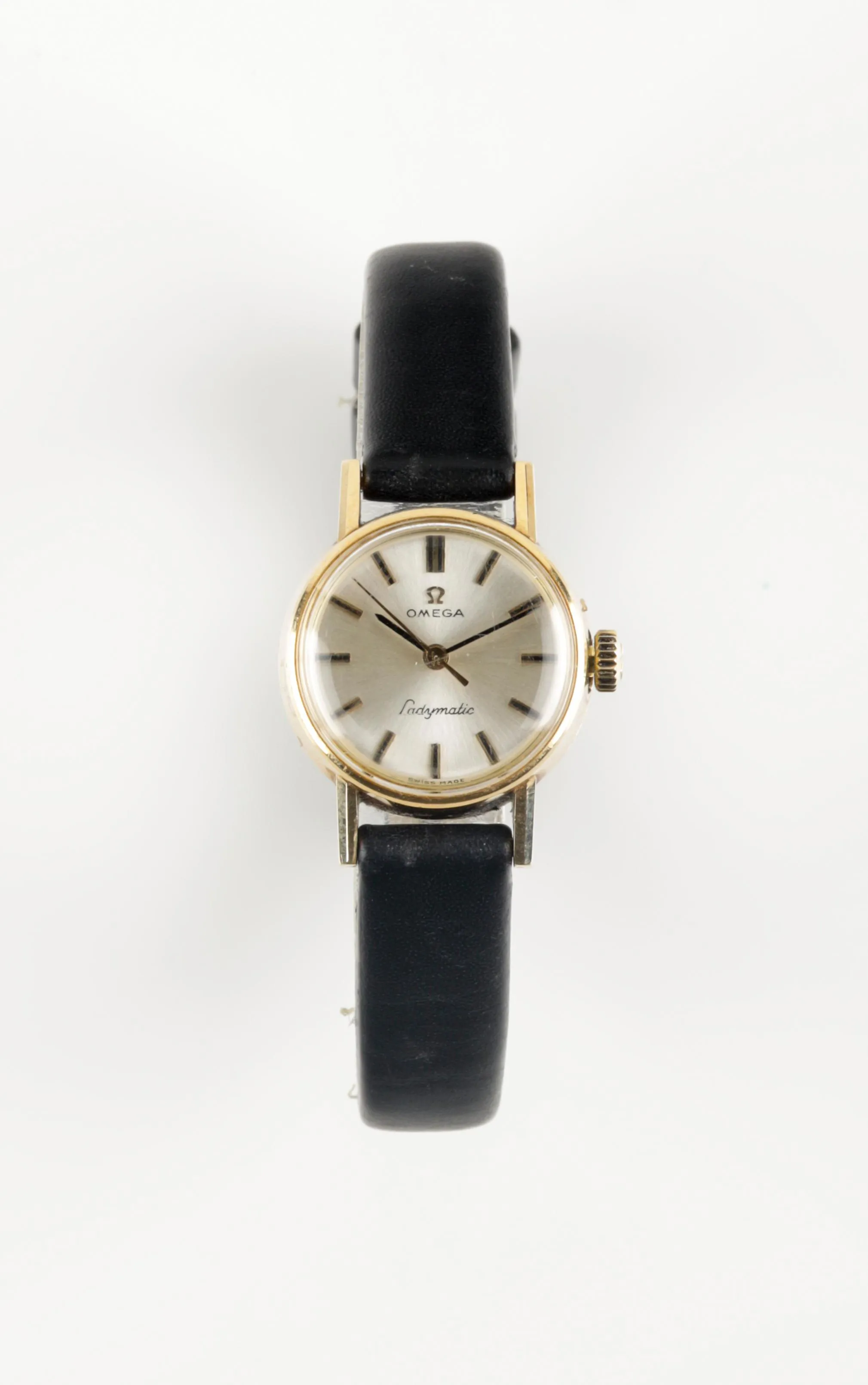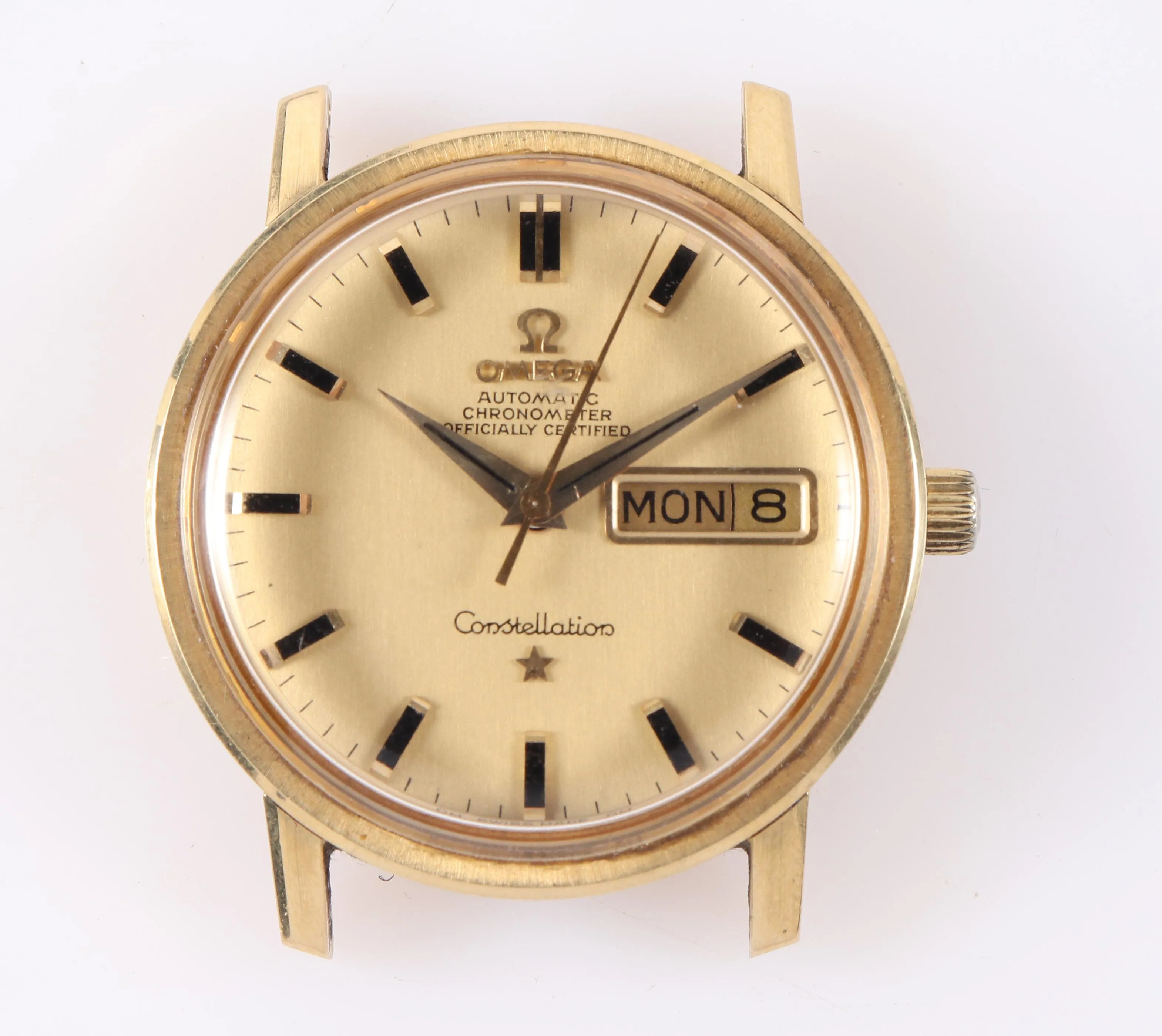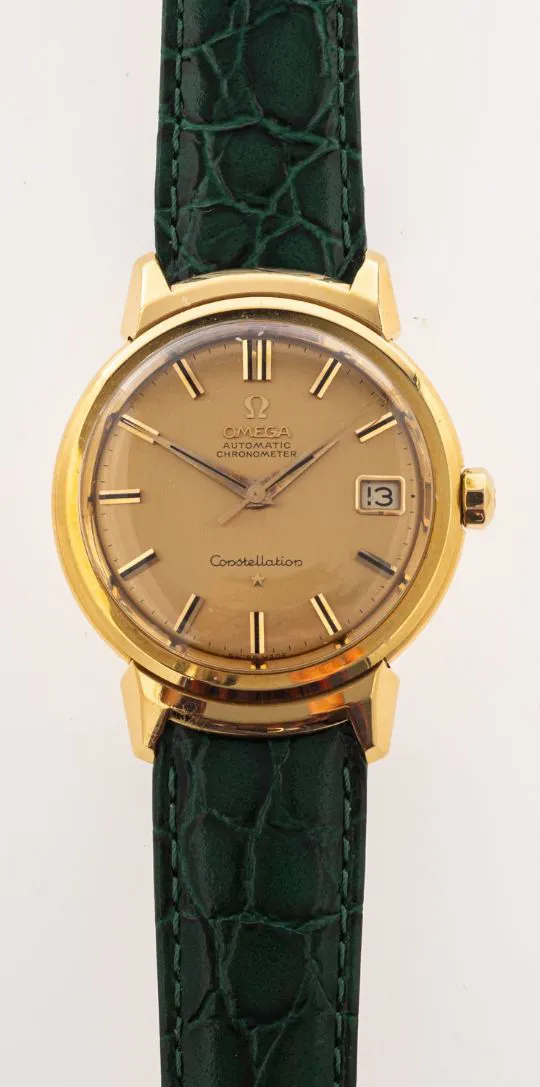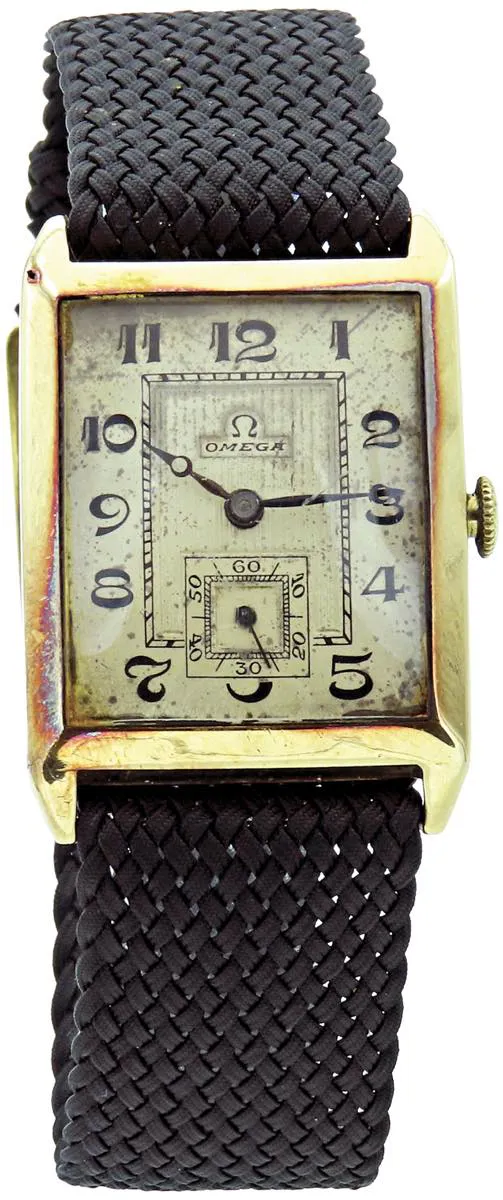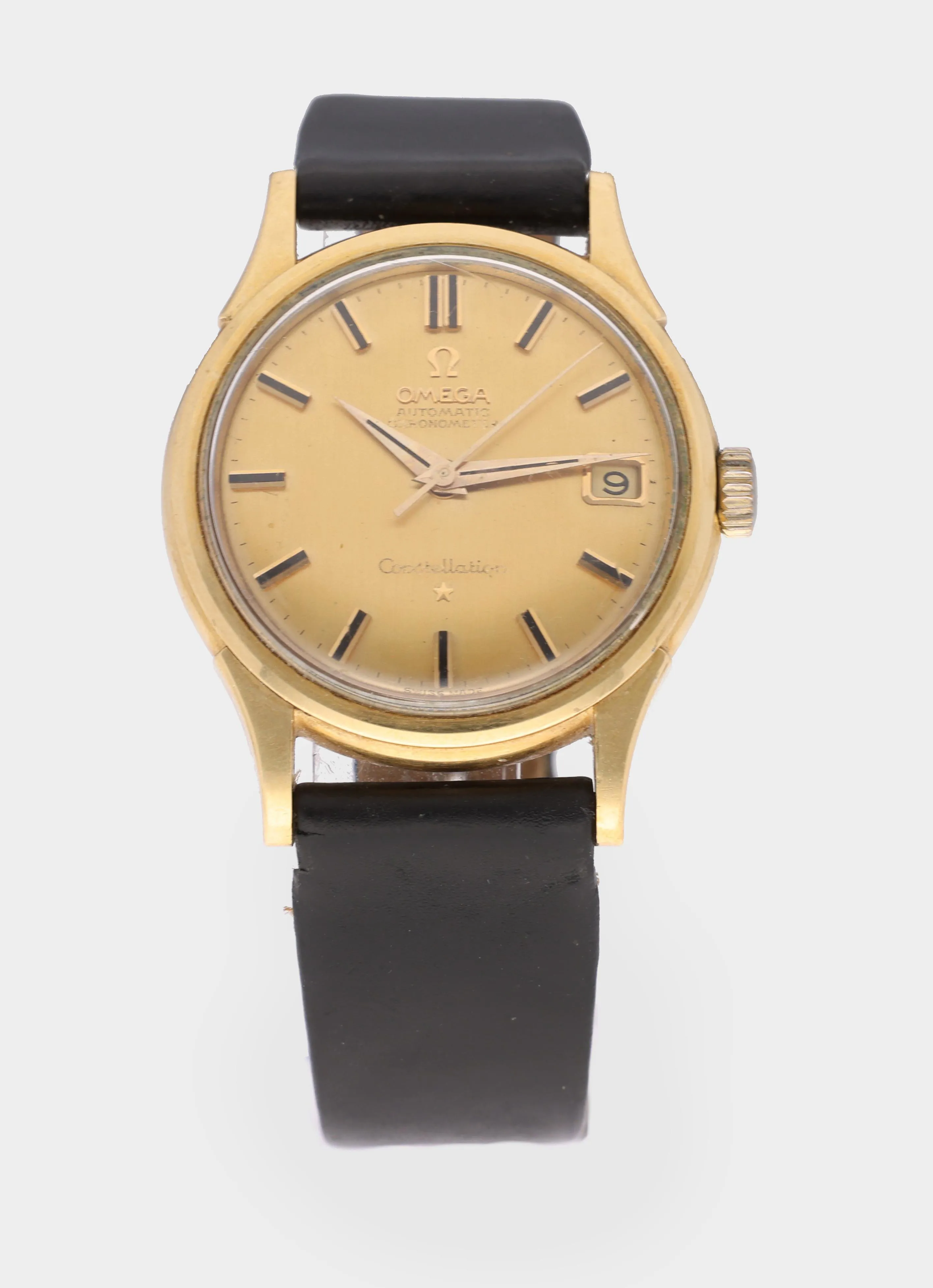Source:
Event:
Date:
Lot Number:
Condition: Excellent
Year of Production: 1994
Case Size: 36mm
Case Material: Yellow gold
Dial Color: Gold
Bracelet/Strap: Leather
Movement Type: Manual
Box: Yes
Papers: No
Location: Germany
Estimates 18,424 - 27,093 USD
Sale Price
Description
Omega, Swiss, Movement No. 21369405, Case No. 14/100, Ref. BA 135.1894, Cal. 286, 36 mm, circa 1964/1994
An extremely rare wristwatch in practically new condition, with cloisonné enamel dial - limited edition no. 14 of 100 pieces from the "Mini Collection 1894"- with original box
Case: 18k gold, glazed push back, "Omega" buckle. Dial: gold and polychrome enamel, applied Omega symbol in gold.
The Cloisonné enamel dial shows a blue "fantasy" flower on light green ground that is surrounded by a wide gold frame. An identical watch is illustrated and described in "Omega" by Marco Richon, Bienne 2007, p. 498
Commemorating the 100th anniversary of the famous calibre 19''', i.e., calibre 30 mm for wristwatches, Omega revived the last 2,100 calibres 30 mm in September 1994. In appreciation of the movement’s extradordinary reliability, precision, and maintainability as well as its sturdy robustness, Omega chose a model dating from 1944 for it, which at the time had been loved for its classic design and the elegance of its case. The new edition was fitted with a crystal back to reveal the movement with its fine, red gold surface. The anniversary watches came in three limited series: 1894 pieces in red gold, 100 in platinum and 100 yellow gold models were hand-decorated with Cloisonné enamel dials featuring a fantasy motif; the dial design was taken from a 1946 timepiece.
Source: "Omega" by Marco Richon, Bienne 2007, p. 498.
The Omega collection has only very few Cloisonné enamel dials in its range and all of them were created by Stern Frères. Hardly any of them ever appear on the market today. The multi-coloured enamel dials were created from 1946 to 1956 almost exclusively for wristwatches, with motifs such as tropical landscapes, mythical figures, magical flowers, maps and emblems.
The magnificently ornamented dials are the result of a highly elaborate process: At first the emailleur sets the outline of the chosen motif with a fine gold wire. He then fills the individual compartments with enamel powder and - depending on the desired colour - uses several layers to intensify the effects of colour and light and the grading of the materials. The piece is then repeatedly fired in a kiln in a precisely defined order at around 1000 degrees Celsius causing the powder to melt. Finally it is hand-polished until obtaining a perfectly flat surface. This technique demands an incredibly high level of skill and comes with a high reject rate. Because of the immense expense, the Cloisonné enamel dials were only created for Omega’s most important timepieces.
